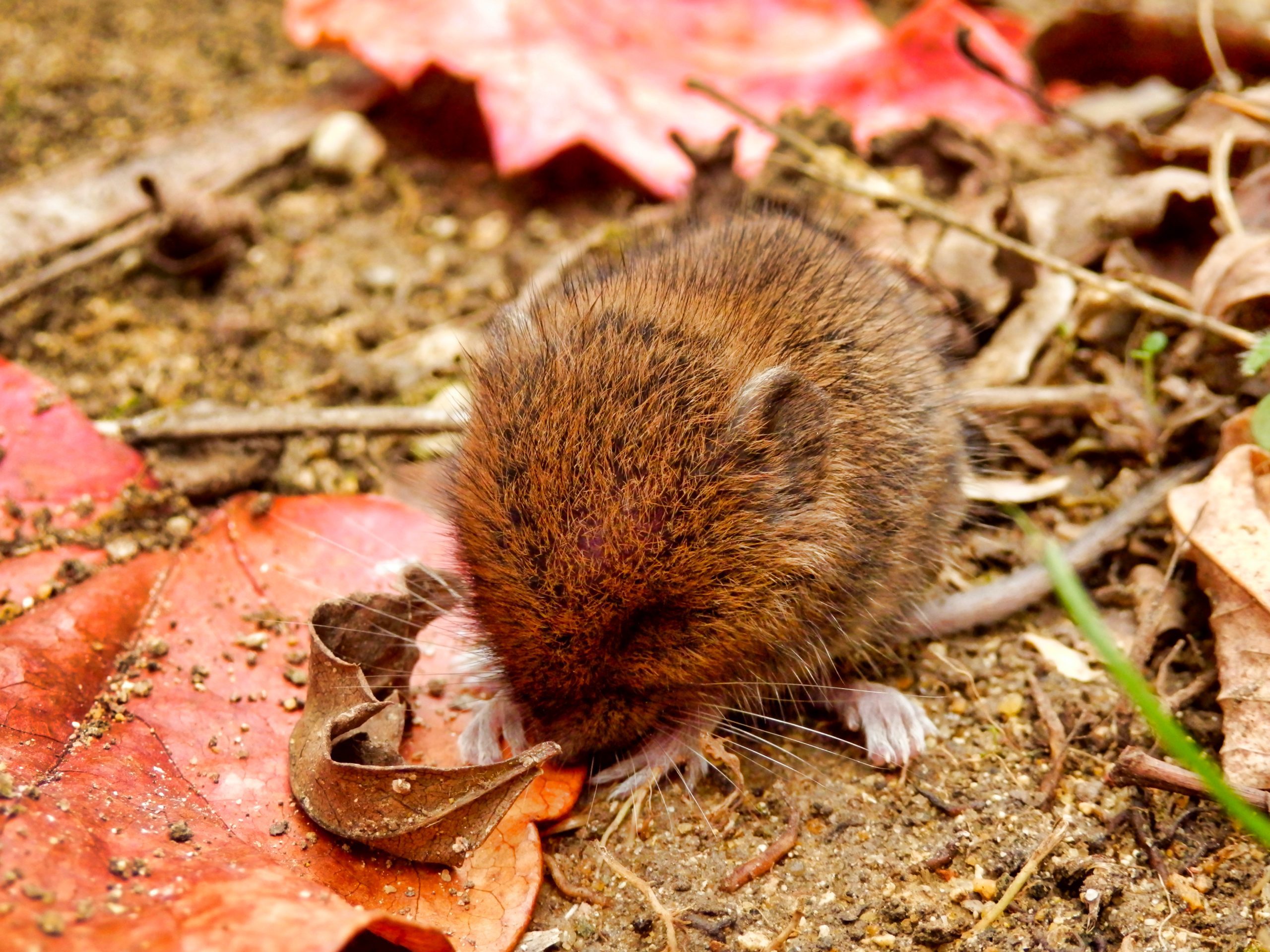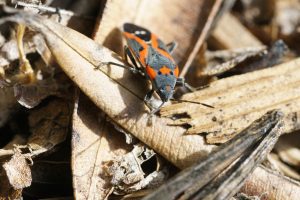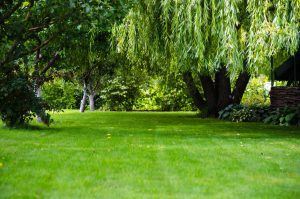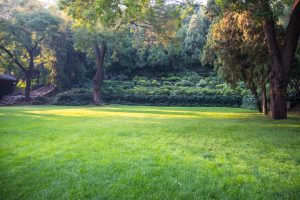Borax, scientifically known as sodium borate, is a naturally occurring mineral composed of sodium, boron, oxygen, and water. It has a wide range of uses in the home, from enhancing the cleaning power of laundry detergents to serving as a multi-purpose cleaner. Its versatility makes it a popular choice for many household tasks.
How Borax Kills Ants
Borax is used as a DIY ant killer when mixed with a sweet substance like sugar. This mixture works as bait: the sugar attracts the ants, and the borax, ingested along with the sugar, poisons them. Ants carry the borax bait back to their colony, where it is distributed among other ants, effectively reaching a large portion of the population and exterminating them at the source.
Safety Measures When Using Borax
When using borax around the home, it is crucial to prioritize safety. Borax should be placed out of reach of children and pets. Additionally, when handling borax, avoid direct contact with the skin and eyes to prevent irritation. Always wash hands thoroughly after any contact with borax, and use masks and gloves if necessary to prevent inhalation or direct exposure.
Alternatives to Borax for Ant Control
For those who prefer not to use chemicals like borax, several natural alternatives can be effective. Diatomaceous earth, which causes dehydration in ants upon contact, and essential oils like peppermint or lemon, which act as natural repellents, are safe, non-toxic options.
The Role of Professional Ant Control
While DIY solutions can be effective for minor ant infestations, larger or more persistent problems may require professional intervention. Pest control professionals can assess the situation thoroughly, identify the ant species, and implement a targeted strategy that safely and effectively eliminates the ants.
Why Choose Professional Ant Control Services
Professional pest control services offer significant advantages. They have access to more powerful tools and compounds unavailable to the general public. Moreover, they can eradicate the entire ant colony with minimal risk to your home environment, pets, and family.
Contact Birch Fumigators for Expert Ant Control
If you’re struggling with an ant problem, consider contacting Birch Fumigators. Our experienced team offers comprehensive ant control solutions tailored to your specific needs. We ensure effective and safe treatment plans that eliminate current infestations and prevent future ones. Contact us today to schedule a consultation and take the first step towards a pest-free home.






